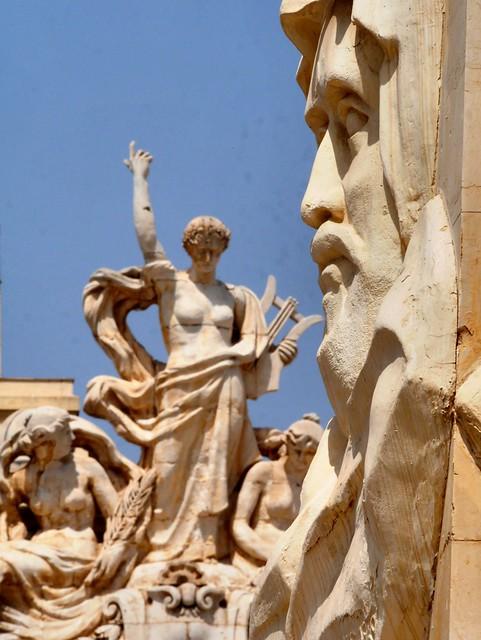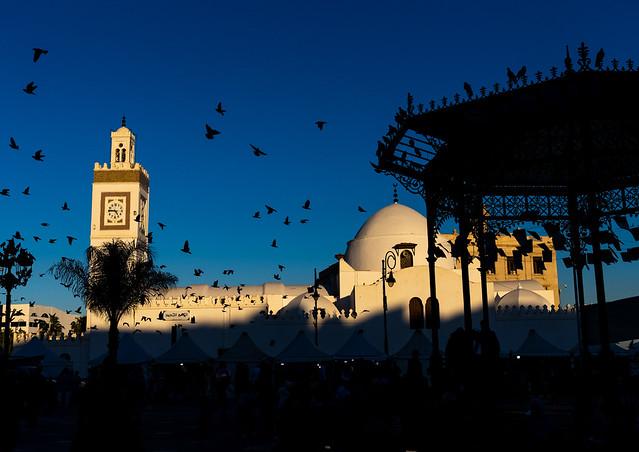Ghardaïa
Overview
Historical Significance
Ghardaïa is a city steeped in history, situated in the heart of the M'zab Valley, a UNESCO World Heritage Site. Founded in the 11th century, it serves as a testament to the Ibadite Muslim community's rich heritage. The city was strategically established to act as a center for trade and religion, fostering a unique blend of cultural practices that continue to thrive today. The M'zab Valley consists of five principal towns, and Ghardaïa is the most prominent, known for its striking architecture and traditional lifestyle that has persisted through centuries.
Cultural Atmosphere
As you wander through the narrow, winding streets of Ghardaïa, you will encounter an atmosphere that feels both timeless and vibrant. The city is characterized by its distinctive white and ochre buildings, which are constructed from local materials and designed to withstand the desert climate. The architecture reflects the Islamic principles of harmony and community, creating a maze-like layout that invites exploration. Local markets bustle with activity, where you can experience the lively exchange of goods, from spices to traditional crafts. The people of Ghardaïa are known for their warmth and hospitality, making it a welcoming place for travelers.
Architectural Wonders
One of Ghardaïa's most captivating features is its architecture, dominated by the traditional ksar, or fortified village, structure. The most iconic site is the ancient **Ksar of Ghardaïa**, a labyrinthine settlement featuring narrow alleys and intricate doorways adorned with geometric patterns. Visitors can explore the **Great Mosque**, which is a focal point of the community and showcases exquisite craftsmanship. The town's layout reflects the Ibadite values of cooperation and social order, with communal spaces that encourage interaction among residents.
Local Characteristics
The culture of Ghardaïa is a mosaic of traditions that includes music, dance, and cuisine. The local cuisine is a reflection of the region's agricultural bounty, featuring dishes like **couscous**, **tagines**, and the famous **M'zab bread**. Don’t miss the opportunity to try **Makroud**, a semolina pastry filled with dates or nuts. The city also hosts vibrant festivals throughout the year, celebrating everything from harvests to religious observances. These events are rich in folklore, often accompanied by traditional music and dance, giving visitors a taste of the lively local culture.
Nature and Surroundings
Ghardaïa is not only about its historical and cultural richness; it is also surrounded by breathtaking natural landscapes. The nearby **M'zab Valley** offers stunning views of the Sahara Desert's rolling dunes and unique geological formations. Adventure seekers can partake in activities such as hiking, camel trekking, or simply enjoying the serene desert sunsets that paint the sky in vibrant hues. The contrast between the lush oases and the arid surroundings creates a captivating environment that enhances the city's allure.
Practical Tips for Travelers
When planning your visit to Ghardaïa, consider the best times to experience the city, which are typically in the spring and autumn when temperatures are milder. Dress modestly to respect local customs, especially when visiting religious sites. Learning a few phrases in Arabic or Berber can go a long way in connecting with the locals. Additionally, exploring the city with a knowledgeable guide can enrich your understanding of its complex history and cultural significance, ensuring that your experience in Ghardaïa is both memorable and enlightening.
Other towns or cities you may like in Algeria
Explore other cities that share similar charm and attractions.




